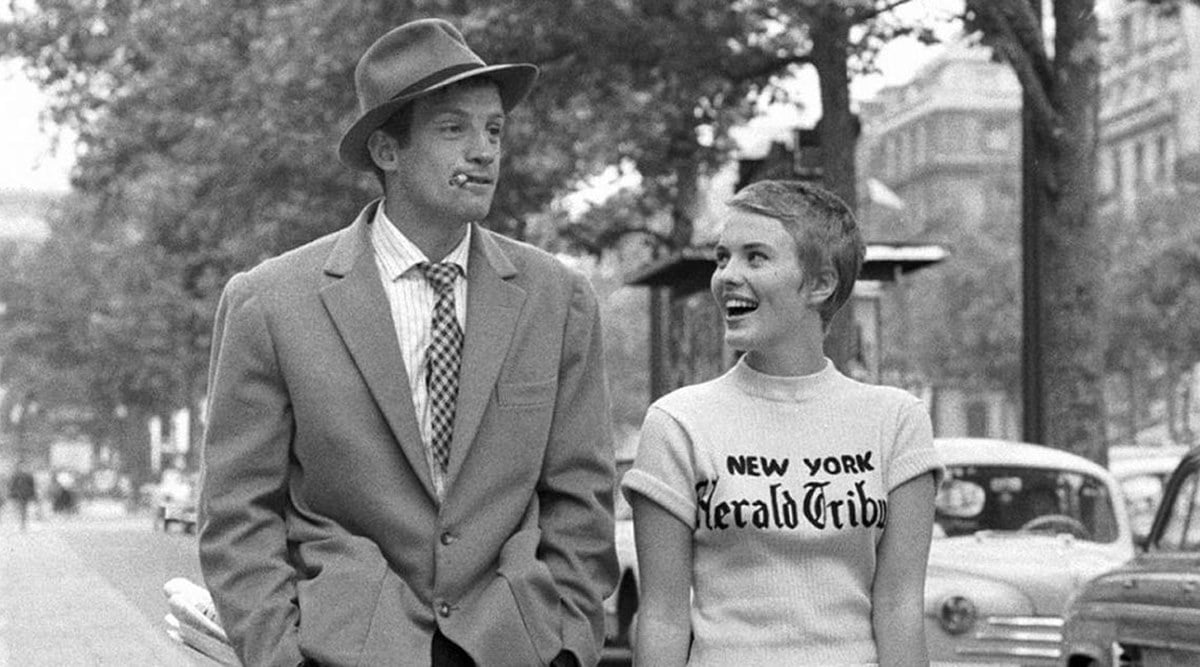 A still from Godard's Breathless.
A still from Godard's Breathless. A pioneer of the French New Wave of cinema of the 1960s – a retaliation to French and American conventions of filmmaking that relied on tradition and tried-and-tested storytelling techniques – Jean-Luc Godard is dead. Making a name first as a film critic in the post-World War II period, Godard turned to filmmaking with Breathless (1960) and inspired generations of writers, filmmakers and artists across mediums for his work that spotlights irony, experimentation, iconoclasm and ideology. Here are five movies that will give you a taste of his oeuvre that spans more than 25 ground-breaking and form-revolutionising stories:
 Jean-Luc Godard’s Breathless.
Jean-Luc Godard’s Breathless. Breathless (1960): Godard’s first work that popularised the sweeping changes in French filmmaking of the time (along with François Truffaut’s The 400 Blows and Alain Resnais’s Hiroshima mon amour), Breathless stars French New Wave staple Jean-Paul Charles Belmondo as a criminal who steals a car only to be sought by authorities, all the while attempting to convince an American journalism student to run away with him to Italy.
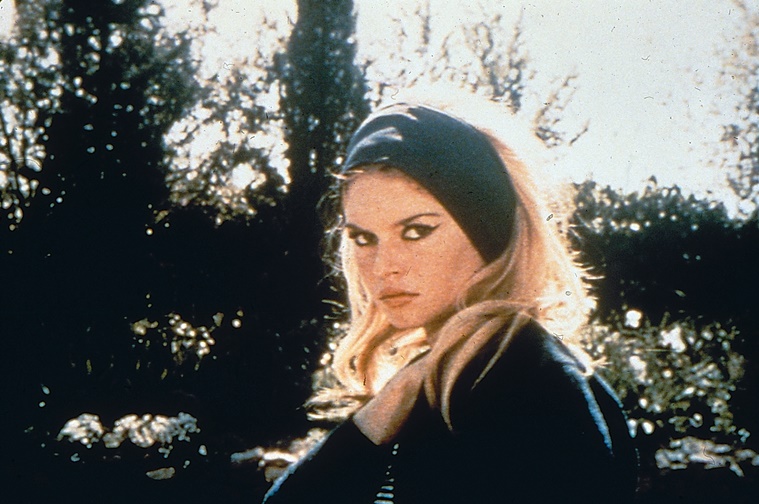 Brigitte Bardot in Jean-Luc Godard’s Contempt.
Brigitte Bardot in Jean-Luc Godard’s Contempt. Contempt (1963): Set firmly in the film production business and the frustrations and follies that backdrop great work, Contempt follows a famed screenwriter hired to rework a script that the film’s producer believes is destined to bomb. But soon the writing process is muddled by his wife’s arrival in the city and tensions between the couple and the producer grow, sparking a messy disintegration of marriage, love and art.
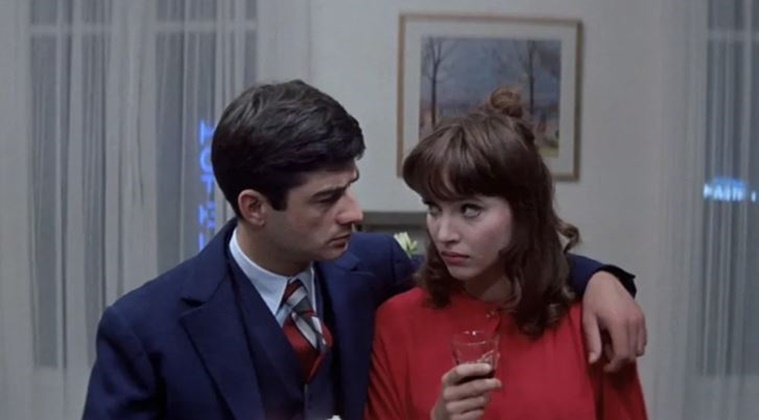 Godard’s A Woman is a Woman.
Godard’s A Woman is a Woman. A Woman Is a Woman (1961): A more light-hearted offering in this list, Une femme est une femme, is a musical-comedy that stars Anna Karina, a frequent collaborator and eventual wife of Godard’s, in the role of an exotic dancer who wants to have a baby but her lover (Belmendo) refuses. Visualised as a tribute to American musical comedies, this was Godard’s third film and his first in colour.
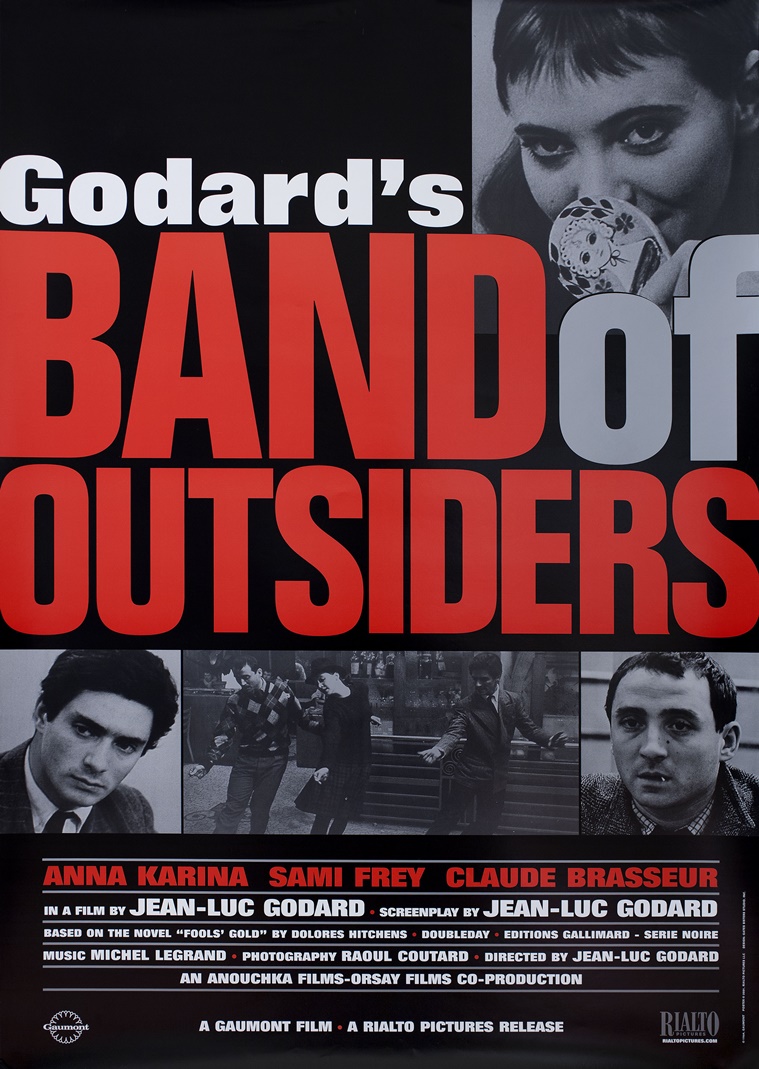 A poster of Band of Outsiders.
A poster of Band of Outsiders. Bande à part (1964): Based on the American pulp novel Fools Gold by Dolores Hitchens, Bande à part (released as Band of Outsiders in the US) is Godard’s celebration of the gangster film. It follows a group of two men and a woman who hatch a robbery to escape their impoverished lifestyle, but are forced to prematurely execute it, leading to a harrowing saga of love triangles, shootouts and pop culture-dominating dance sequences.
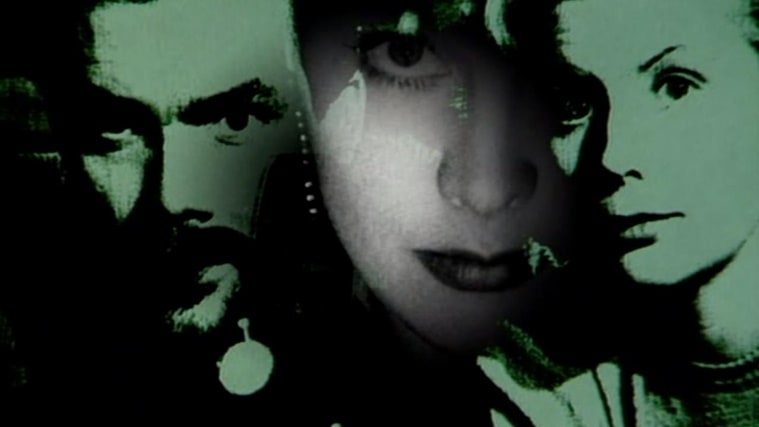 A poster of Histoire du cinema.
A poster of Histoire du cinema. Histoire(s) du cinema (1988-1998): Widely considered his most ambitious project, Histoire(s) du cinema is Godard’s 8-part 266-minute-long attempt over 10 years to document the evolution of cinema and how it related to his reality in the 20th century. Deploying his proclivity for puns, the film’s title is impossible to translate to English, because ‘histoire’ in French means both ‘history’ and ‘story’, and the ‘(s)’ adds the possibility of a plural. So, the film’s title can alternatively mean: The History of Cinema, Histories of Cinema, The Story of Cinema and Stories of Cinema.